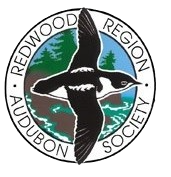
Public Programs
Redwood Region Audubon Society offers free programs monthly from September to May.
Most of these programs are also available live on Zoom, and can be viewed with links provided here.
We also record most of them, and provide links to the recordings.
Nest predation is considered one of the most significant barriers to the recovery of the population of the federally threatened western snowy plovers (Anarhyncus nivosus nivosus) in Northern California.
Averbuj's work focuses on geospatial analysis of common ravens and how their movement and habitat selection may change near western snowy plover nesting sites. He will present his research and discuss whether his findings can inform local conservation managers on future raven and snowy plover management techniques.
You will need this passcode to watch the Zoom recording:
P*B?5f72
at this link: Raven Predation on Plovers


“Barred Owl Removal: What Let Up to It and What to Look for Going Forward.”
EPIC’s Executive Director, Tom Wheeler
Should we kill non-native barred owls to save the native northern spotted owl? Animal rights groups are in court to challenge the U.S. Fish and Wildlife Service's "Barred Owl Management Strategy," which proposes barred owl removal in strategic areas of the northern spotted owl's range. The Environmental Protection Information Center (EPIC) and other traditional conservation organizations have intervened in these lawsuits to defend barred owl removal.
Tom Wheeler, executive director of EPIC, will present on the impact of barred owl invasion on spotted owls, the results of experimental barred owl removals, EPIC's litigation to protect habitat and to forward barred owl removal, and why he (a vegan for over 18 years) supports barred owl removal.
Use this code to view the recording:
%%r47KJ6

Michael is pictured here with an adult Red-tailed Hawk (Buteo jamaicensis)
in coastal Humboldt County
An Overview of CDFW Lands
and Ongoing Restoration Projects
with Michael van Hattem
Senior Environmental Scientist Supervisor
Coastal Conservation Team -
Habitat Conservation Program
Michael's current interests include environmental law and impact assessment, the conservation of Species of Special Concern and Sensitive Natural Communities, wetland science, herpetology and avian monitoring.
He is a wildlife biologist with the California Department of Fish and Wildlife. He received his B.S. from Humboldt State University and his M.S. from San Jose State University.
This was an informative presentation about CDFW restoration of the Eel River Estuary. Lots of time, effort, and money has gone into improving habitat for wildlife and recreation opportunities for people.
You will need this passcode to view the recording:
i9yPgHe&

“Is Floating Offshore Wind
a Good Option for the Pacific Northwest?”
Presented by Mike Graybill
Thursday, October 19, at 7:00 p.m.
Over the past several years, the US Department of Interior’s Bureau of Ocean Energy Management has initiated efforts to lease large areas of the Pacific Ocean to businesses intending to develop floating, large-scale electric power plants.
Unlike most other areas where offshore wind turbines have been installed, the continental shelf in the windy region of the Pacific Northwest is narrow, severely limiting the opportunities to mount wind turbines on foundations fixed directly to the seabed. Producing electricity from wind in the deep waters of the Pacific coast will involve the installation of hundreds of the largest wind turbines ever built mounted on massive floating foundations anchored to the seabed.
Mike Graybill will present an overview of the technology and challenges associated with building, installing, maintaining, and distributing electricity produced using the winds that blow off our coast.
Mike is a marine scientist, educator, and conservation professional who has been based on the southern coast of Oregon for over 50 years. His familiarity with the coastal and ocean ecosystems of the Pacific Northwest has engaged him in a variety of coastal conservation and development activities including, nearly 30 years as the manager of the South Slough National Estuarine Research Reserve in Coos Bay, a protected watershed on the Coos Estuary dedicated to research and education focused on improving the management and understanding of coastal environments.
Wednesday, March 15 at 7:30 p.m.
“Earbirding in Humboldt County: Recording, Editing, and Learning Birdsongs”
by Robert Childs.
Robert will talk about his motivations and procedures for creating the website earbirdinghumboldt.com, and share tips for identifying birds using their songs and calls. This will include descriptions of how to use your phone to record and learn bird songs, along with steps for using easy-to-use sound editing software to turn your recordings into phone alarm sounds or for submissions to Cornell Labs.
Robert believes that many people who spend time outdoors are interested in birds but are stymied by the difficulty of spotting them in the foliage. Learning a few birdsongs for each of our habitats adds a whole new dimension to being in nature! Robert will be playing recordings of some unusual local bird sounds that casual birders might not be familiar with, some sounds made by mammals that are commonly mistaken as bird sounds, and some of his favorite bird recordings from Guatemala and Australia.
Robert received a BS in Wildlife Management from the University of Missouri, Columbia in 1975, and then taught high school sciences in the state for nine years, including short courses in Ornithology and Entomology. After working summers in Sequoia National Park and starting a company that took people rappelling into vertical caves in Mexico, he and his wife moved to Humboldt County in 1989, where he taught for 21 years at Eureka High School. There he developed environmental field science classes and organized 10 student “adventure education trips” to Belize and Guatemala. He’s birded in more than 20 countries, participated in the exploration of caves in Borneo that led to the formation of a national park, and enjoys sharing his love of insects and art on the Backcountry Press poster “Common Butterflies of Coastal Humboldt County.”
This program was recorded. You may enjoy it on Zoom! using passcode uG!$W5=g
This Is Standard Text
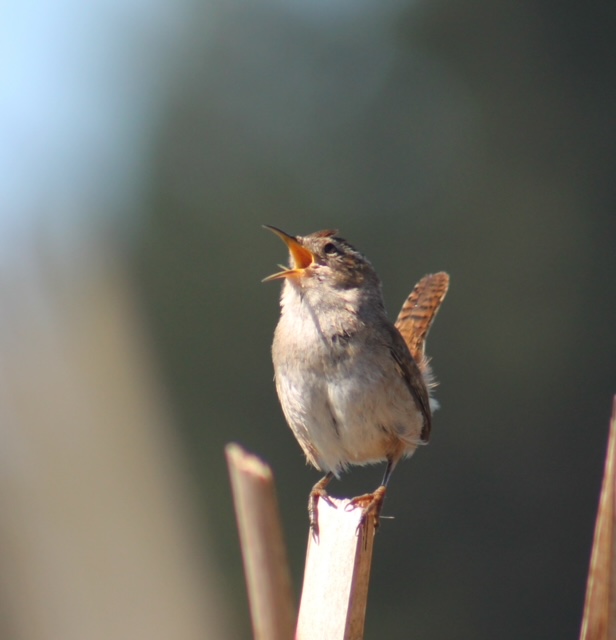
Marsh Wren singing in Arcata Marsh
Photo by Ken Burton
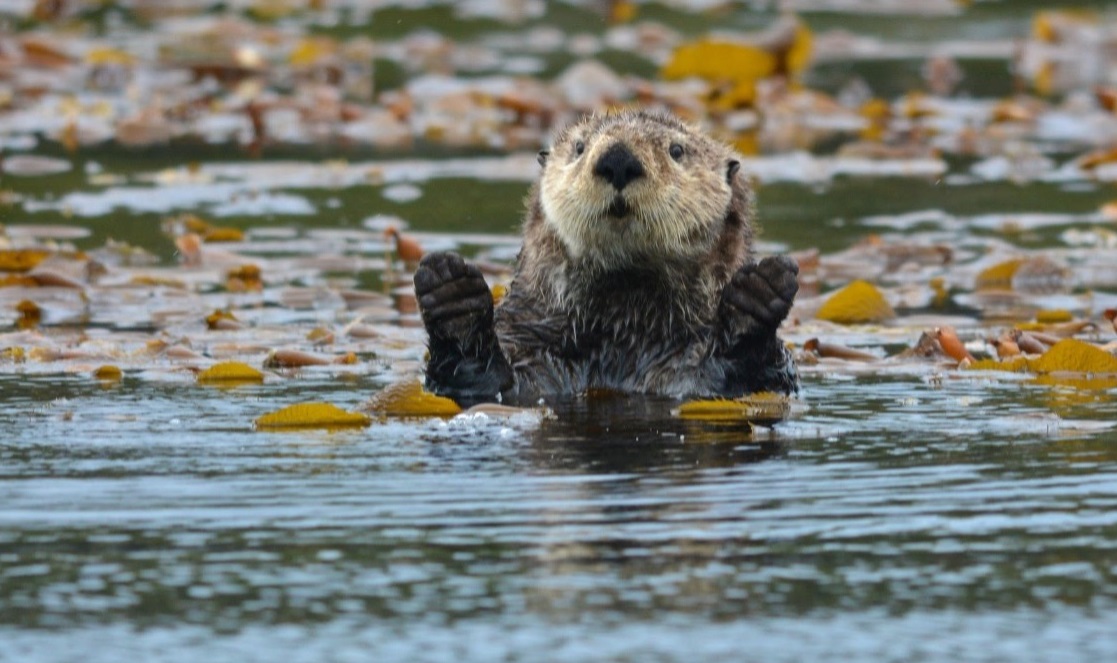
Wednesday, October 19
Program at 7:00, social hour 6:30
“The Path to Sea Otter Reintroduction in Oregon”
by Frank Burris of the Elakha Alliance.
As a keystone species, sea otters profoundly affect the mix of species around them, including locally breeding seabirds. Burris will discuss Elakha Alliance’s mission to restore a healthy population of sea otters to the Oregon Coast and the research and plans for reintroduction. The program starts at 7 p.m. at the Six Rivers Masonic Lodge, 251 Bayside Road, Arcata.
Hot drinks and goodies will be served at 6:30 p.m. so bring a mug to enjoy shade-grown coffee. Please come fragrance-free.
This program was recorded. You can watch the recording here. You will need to use this passcode:
qL2^Y6aV
“Barn Owls and Winegrape Vineyard Relations”
with Matt Johnson
Can barn owls and farmers mutually benefit each other? Matt Johnson will speak about the research he and his graduate students have been conducting with barn owls on winegrape vineyards in California, tracing the lab's work to better understand a reciprocal relationship between farmers and owls. Specifically, he'll summarize how farmers can use nest boxes to attract owls to their land, how many rodents the owls kill and where they hunt, and how this relationship may also be good for owls.
Matt is a professor of Wildlife Habitat Ecology at Cal Poly Humboldt, where he has taught since 1999. Before coming to Humboldt, Matt grew up in the Central Valley of California, earned a BS in Wildlife at UC Davis and PhD in Ecology from Tulane University. His dissertation research took him to the tropics, which sparked an interest in research on how birds and people can mutually benefit each other.
He is especially interested in agricultural areas, and after many years of research on insect-eating birds and pests in tropical coffee farms, he is turning his attention to birds in California agriculture. He leads several graduate students at a time on a study of barn owls in winegrape vineyards, along with undergraduate assistants. His goal as an educator is to help students not only learn the skills necessary to become accomplished biologists, but also to foster an appreciation for how good land management practices can benefit both people and nature. As a researcher, his goal is to answer ecological questions that offer practical information for farmers interested in helping barn owls that can also help farmers.
This wonderful program was recorded. If you missed it, you can view it using the link below. You will need to use passcode dt?G60%Y
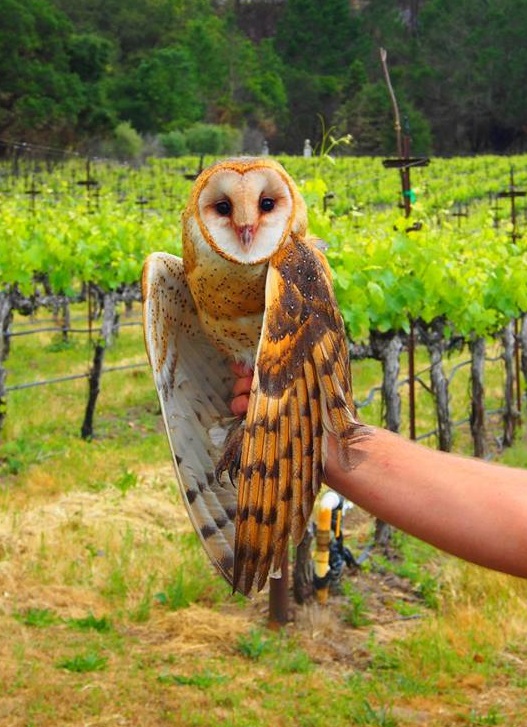
Adult barn owl with vineyard behind him.
Photo by Allison Huysman
Copyright © 2021 - Redwood Region Audubon Society
Our Purpose
The purposes and objectives of this corporation shall be to engage in such educational, scientific, investigative, literary, historical, philanthropic, and charitable pursuits as may be part of the stated purposes of the National Audubon Society, of which this corporation shall function as a Chapter.
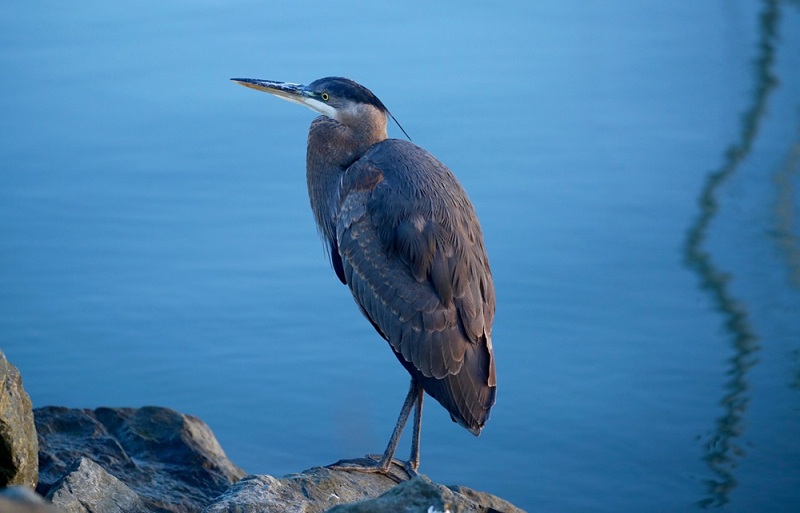
Contact Us
Mailing Address:
PO Box 1054 Eureka,
CA 95502